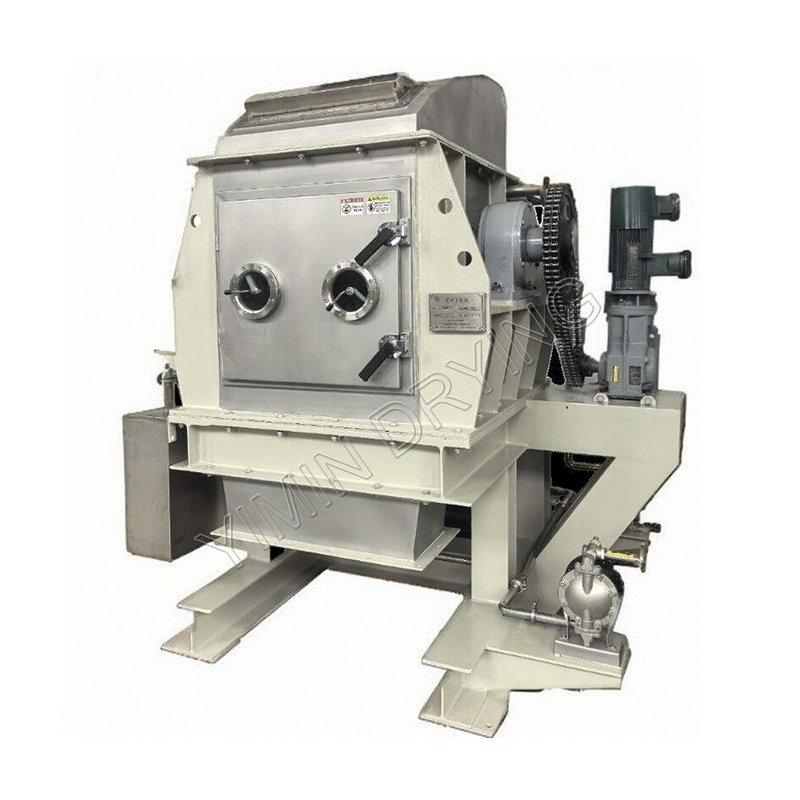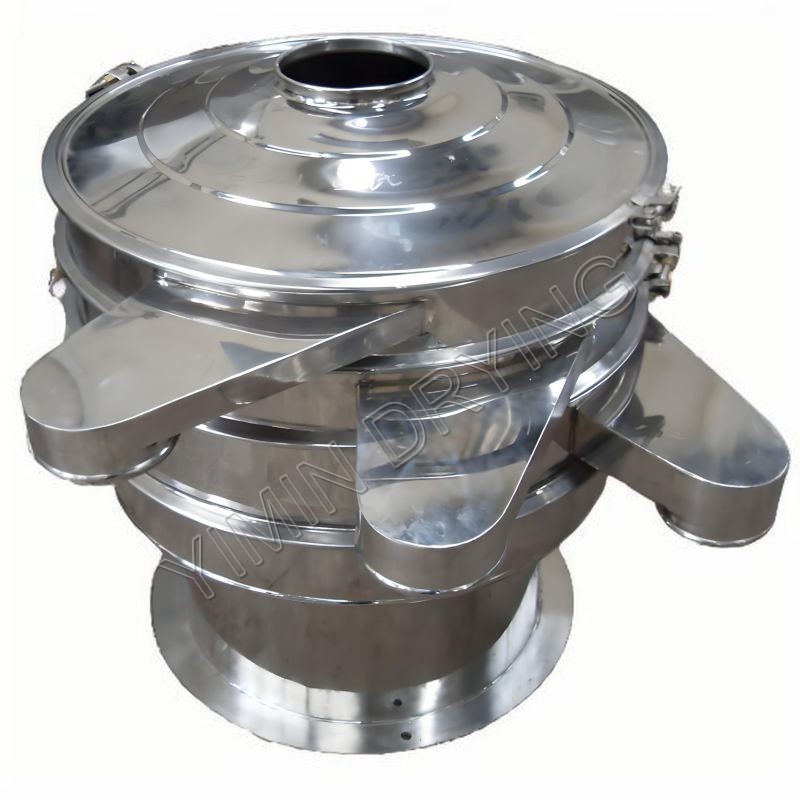What is the process of dry granulation?
Dry granulation, often referred to as compaction granulation or slugging, is a critical unit operation in the pharmaceutical, chemical, and food industries. It's a preferred method for creating granules without the use of a liquid binder, making it particularly suitable for moisture-sensitive and heat-sensitive active pharmaceutical ingredients (APIs) and excipients. This process addresses the challenges associated with wet granulation, such as extensive drying times and potential degradation of sensitive materials.
Principles of Dry Granulation
The fundamental principle behind dry granulation is the compaction of powder particles under high pressure to form a densified mass, which is then milled into granules. This process relies on the inherent binding properties of the materials themselves or the use of dry binders. The objective is to increase bulk density, improve flowability, reduce dust, and prevent segregation of components in a powder blend, ultimately enhancing the material's processability for subsequent operations like tableting or encapsulation.
The Process Steps
Dry granulation typically involves two main stages:
1. Powder Compaction
This initial stage involves compressing the primary powder particles into a compact, coherent mass. There are two primary techniques for achieving this:
-
Slugging: In this method, the powder blend is fed into a large, heavy-duty tablet press that produces large, poorly formed tablets known as "slugs." The pressure applied during slugging forces the powder particles into close contact, leading to the formation of strong bonds, primarily through interparticulate forces (e.g., van der Waals forces, mechanical interlocking). The size and hardness of these slugs are crucial for the subsequent milling step.
-
Roller Compaction: This is the more commonly used and efficient method. In roller compaction, the powder blend is fed between two counter-rotating rollers that exert high pressure, compacting the material into a continuous, dense ribbon or sheet. The gap between the rollers, the roll speed, and the compaction force are critical parameters that influence the density and strength of the ribbon. The densified material exits the rollers as a brittle sheet, ready for the next stage.
2. Milling (Size Reduction)
Once the compacts (slugs or ribbons) are formed, they are subjected to a milling or granulation step. This involves breaking down the densified material into granules of a desired size range. Various types of mills can be used, including:
-
Fitzmills (Comminuting Mills): These mills use rotating blades to size reduce the compacted material. The screen size in the mill determines the upper limit of the granule size.
-
Oscillating Granulators: These machines use an oscillating bar to push material through a screen.
-
Conical Mills (Conical Screen Mills): These are often preferred for their gentler action, which can lead to a narrower particle size distribution and less fine generation.
The milling process is crucial for achieving the desired flow properties and content uniformity of the final blend. The aim is to create granules that are strong enough to withstand handling but not so hard that they impede subsequent compaction into tablets.
Advantages of Dry Granulation
-
Suitability for Moisture- and Heat-Sensitive Materials: As no solvents or water are used, dry granulation is ideal for APIs that degrade in the presence of moisture or elevated temperatures.
-
Reduced Processing Time and Cost: Eliminating the drying step significantly reduces processing time, energy consumption, and associated costs.
-
Fewer Processing Steps: Compared to wet granulation, dry granulation involves fewer steps, simplifying the overall manufacturing process.
-
Improved Stability: For certain formulations, the absence of water can lead to enhanced product stability.
-
Good for Low-Dose Drugs: Dry granulation can help improve content uniformity for formulations with low API concentrations by creating larger, more homogeneous particles.

Disadvantages and Considerations
While offering numerous benefits, dry granulation also has some limitations:
-
Dust Generation: The initial compaction and subsequent milling steps can generate a significant amount of fine dust, requiring appropriate dust collection systems and potentially leading to material loss.
-
Limited Particle Size Distribution Control: It can be challenging to achieve a very narrow particle size distribution with dry granulation compared to wet granulation.
-
Dependence on Material Properties: The success of dry granulation heavily relies on the inherent compactability and flow properties of the raw materials. Materials with poor compressibility may not be suitable.
-
Equipment Wear: The high pressures involved, particularly in roller compaction, can lead to increased wear and tear on equipment.
-
Lower Density Granules: Granules produced by dry granulation may sometimes be less dense than those produced by wet granulation, which can affect tablet characteristics.
Critical Process Parameters
Several parameters are critical to the success of the dry granulation process:
-
Roller Compaction:
-
Compaction Force: Directly impacts the density and strength of the ribbon/slug. Too low, and the compacts will be friable; too high, and the material may be over-compacted, leading to poor tabletability.
-
Roll Speed: Affects the residence time of the material between the rollers and thus the degree of compaction.
-
Gap Width: Controls the thickness of the ribbon, influencing the overall density and downstream milling efficiency.
-
Feeder Screw Speed: Ensures a consistent and controlled feed of powder to the compaction zone.
-
-
Milling:
-
Mill Speed: Influences the intensity of the size reduction.
-
Screen Size: Determines the maximum granule size.
-
Rotor Configuration: The type of rotor (e.g., knives forward, hammers forward) can affect granule morphology and fines generation.
-
Conclusion
Dry granulation, encompassing techniques like roller compaction granulation and slugging granulation, remains a vital and increasingly popular method for producing granules in various industries. Its ability to process moisture- and heat-sensitive materials without the need for liquid binders or extensive drying makes it an invaluable tool in modern manufacturing. Understanding its principles, advantages, disadvantages, and critical process parameters is essential for optimizing formulations and ensuring the production of high-quality, robust dosage forms. As pharmaceutical development continues to focus on sensitive and complex molecules, the importance of efficient and adaptable processes like dry granulation will only continue to grow.



 English
English русский
русский عربى
عربى Türk
Türk




